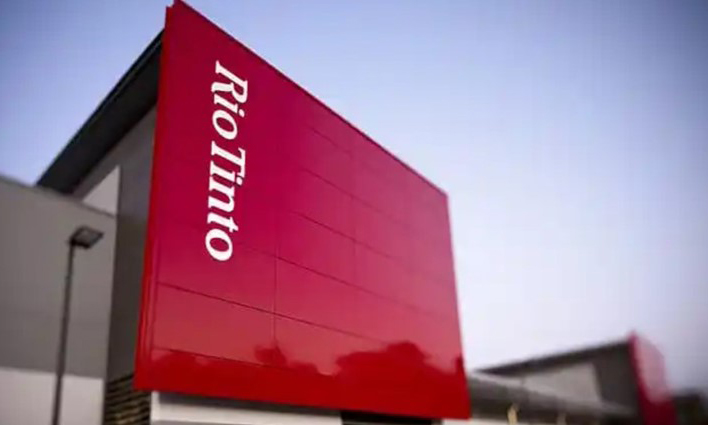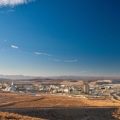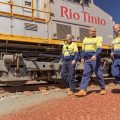Global miners BHP and Rio Tinto have formed a partnership agreement to accelerate the development of technology that could significantly increase water recovery from mine tailings and, in turn, reduce potential safety risks and environmental footprints associated with tailings storage facilities.
The first project will involve testing the application of an innovative large volume filter unit at a BHP copper mine in Chile, which would remove up to 80% of the water in the tailings stream before it is deposited in a storage facility.
Rio Tinto will contribute its experience in implementing smaller scale tailings filters for bauxite tailings in alumina refineries since 2005. Both organizations will work in collaboration with leading technology and equipment suppliers, technical experts, research groups and academia.
Manufacturing of the filter unit is already underway. Pilot construction will begin in early 2023 and operations are scheduled to start in early 2024. The pilot will test the potential of a large-scale tailings filter unit for scalability and cost-effectiveness in global mining operations.
Removing more water from tailings would reduce the potential risks associated with moisture in storage facilities, reduce the footprint required by such facilities and create opportunities to productively reuse tailings, for example, as raw material for the glass, construction or agricultural industries.
Additional water recovered from the tailings by filtration could be reused in the processing facilities, reducing overall water consumption.
BHP technical director Laura Tyler said: “The world will need more critical minerals in the coming decades to support economic development and decarbonization pathways. It is important that we continue to work together across the global mining sector to raise standards and ensure our operations are as safe and sustainable as possible. Responsible tailings management and improved water use is a big part of that.”
Rio Tinto Technical Director Mark Davies said: “It is in everyone’s interest that we, as an industry, find safer and more sustainable ways to manage tailings. As two of the leading companies in the sector, we want to bring our combined knowledge and experience to address this challenge.”
Tailings generally take the form of a liquid suspension made of fine metal or mineral particles and water, created when the mined ore is crushed and finely ground in a milling process to allow the metals and minerals of interest to be extracted.













